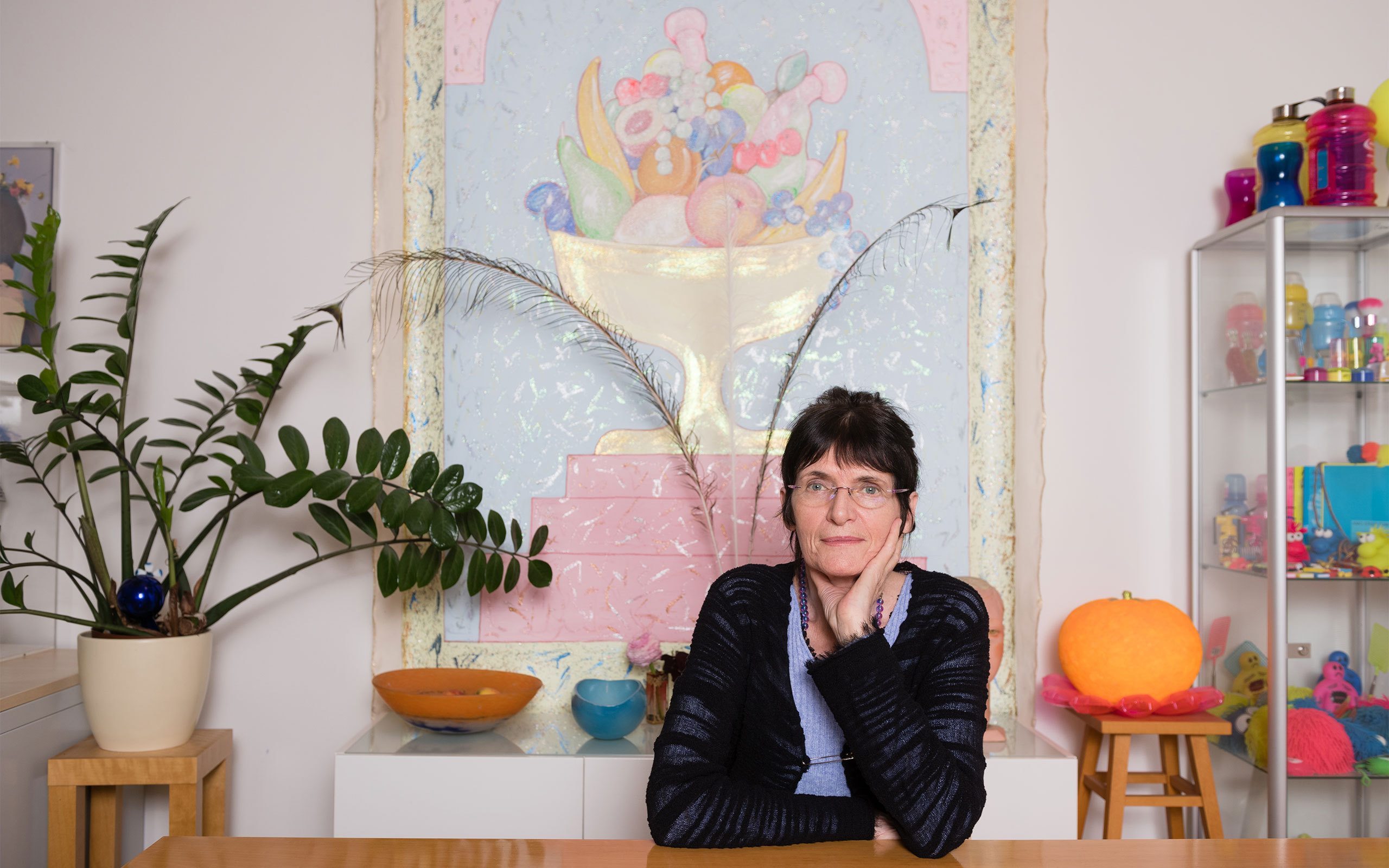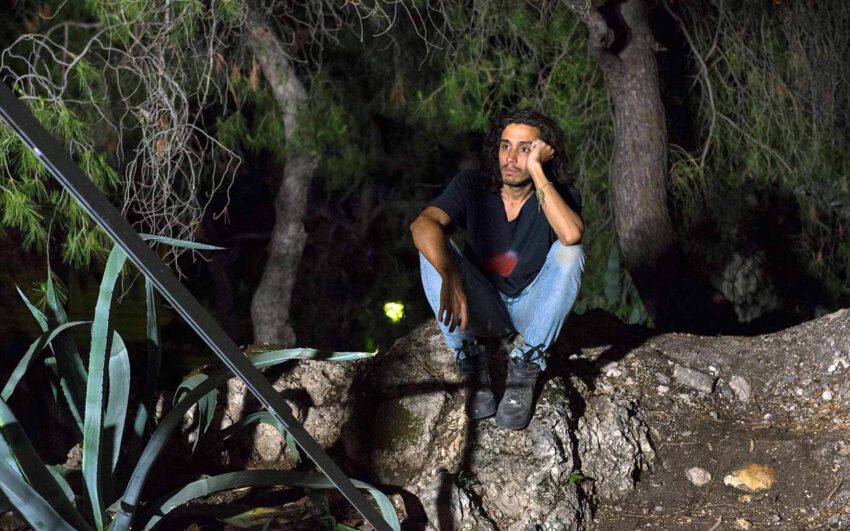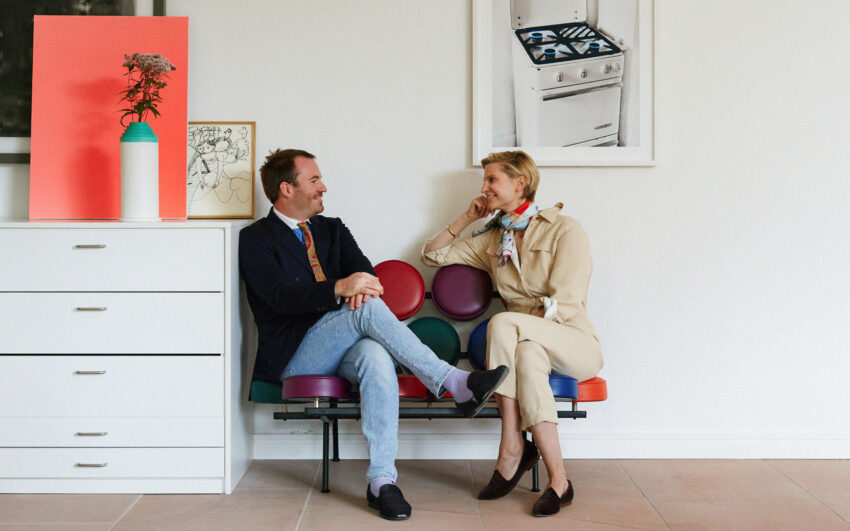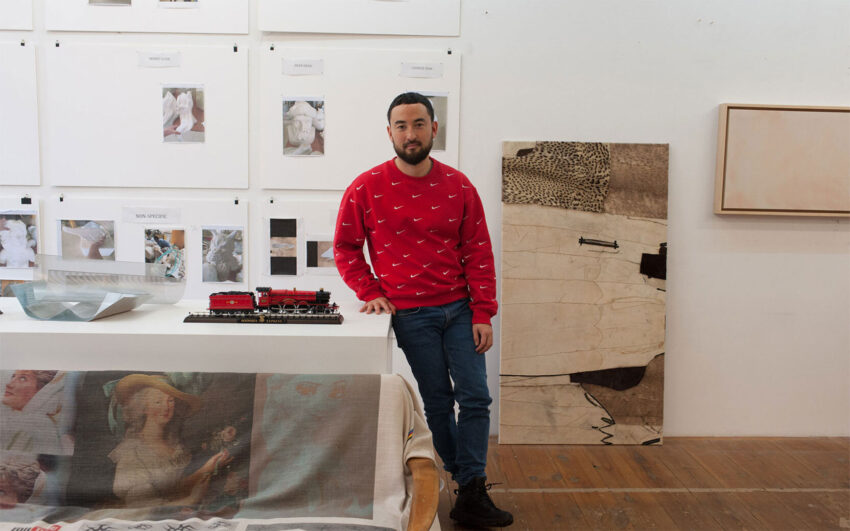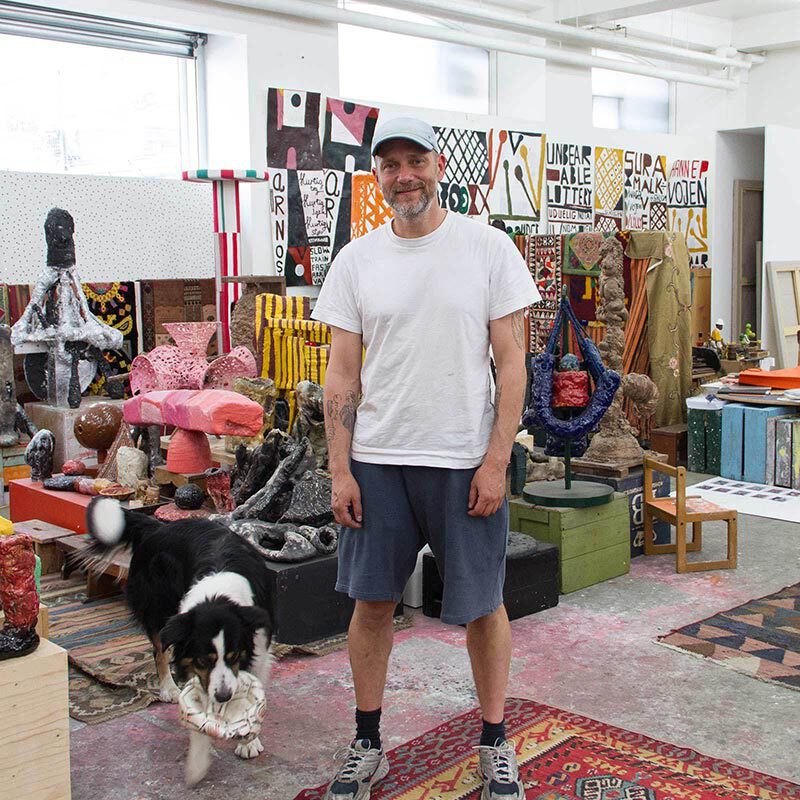The pioneer of Austrian performance art, Renate Bertlmann, takes an ironically provocative approach in her work when she explores such themes as sexuality and gender roles. The artist, who is at home with many media, lures with her charming aesthetics before the second glance reveals the "sting of feminism”.
Renate, looking at your extensive oeuvre, the great variety of media is striking: Performance, photography, graphics, installation… Is there a particular medium in which you like to express yourself, and if so, why?
I constantly alternate between many media: drawing, photography, and also painting, although I’m not someone who typically wields a brush loaded with oil paint, I prefer to work with mixed media. What I really love is to work three-dimensionally, making objects or object installations. Photography is very important to me, I record with the camera everything I do, installations or objects, in order with another medium to make another level transparent to me.
You also stage yourself in front of the camera and capture your own image using the self-timer
I’ve always had an intimate familiarity with the camera, it’s rather like an extension of my hand. I was never intimidated by it, but in front of a strange camera, I have a feeling of distance, my personal camera is always my own gaze.
How did you proceed with the staged photography?
It takes a lot of experience and security. I never start before I know exactly what I want. And when the distance is determined, I go to the camera, set the self-timer then return to the selected position and click. I never make any position mark, I would find that irritating, there has to be flow. Then I choose the next pose and repeat, then again, and so on. I work very fast, deliberation is not a consideration at this stage – the flow must not be interrupted by thinking, thinking comes before shooting begins.
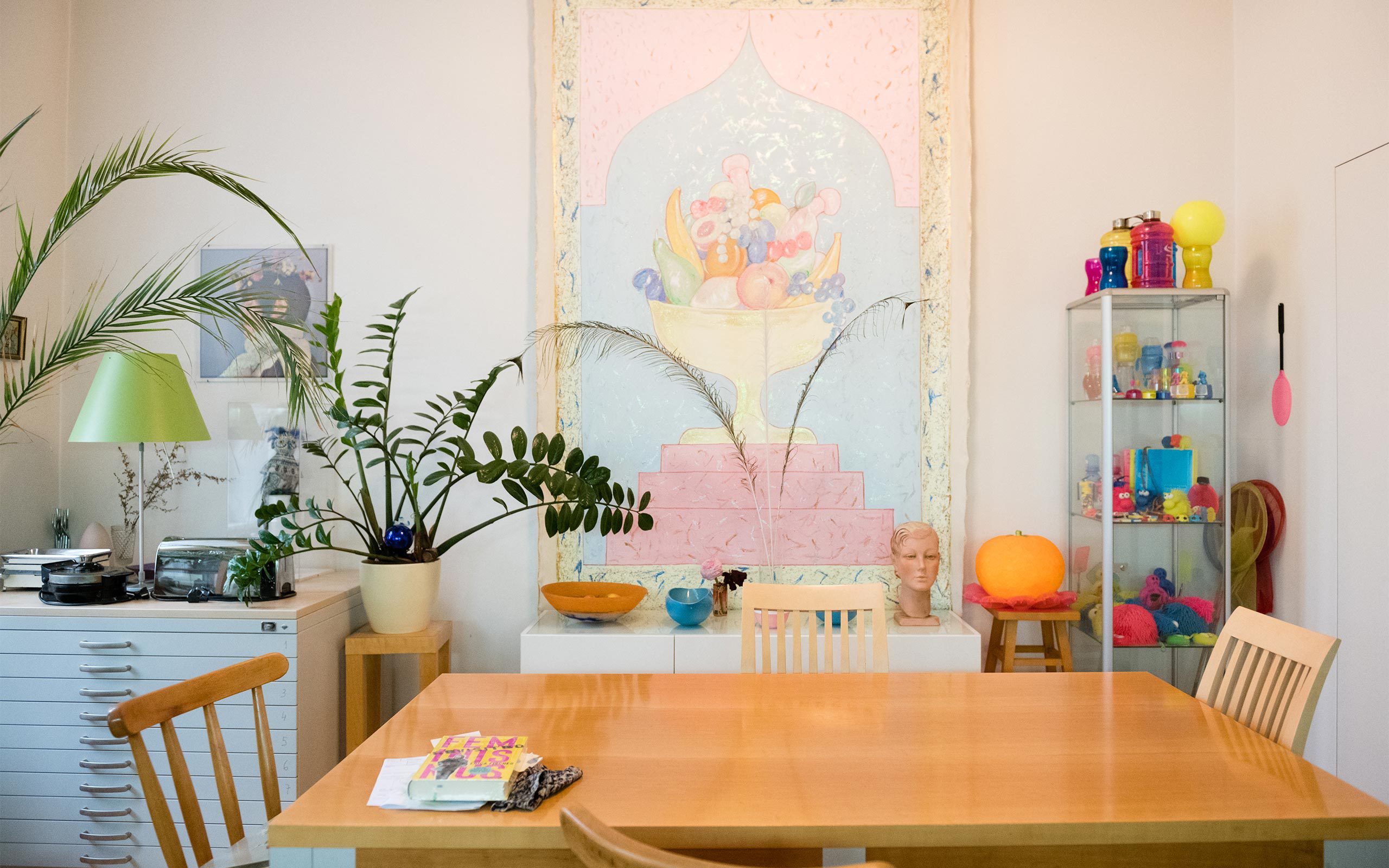
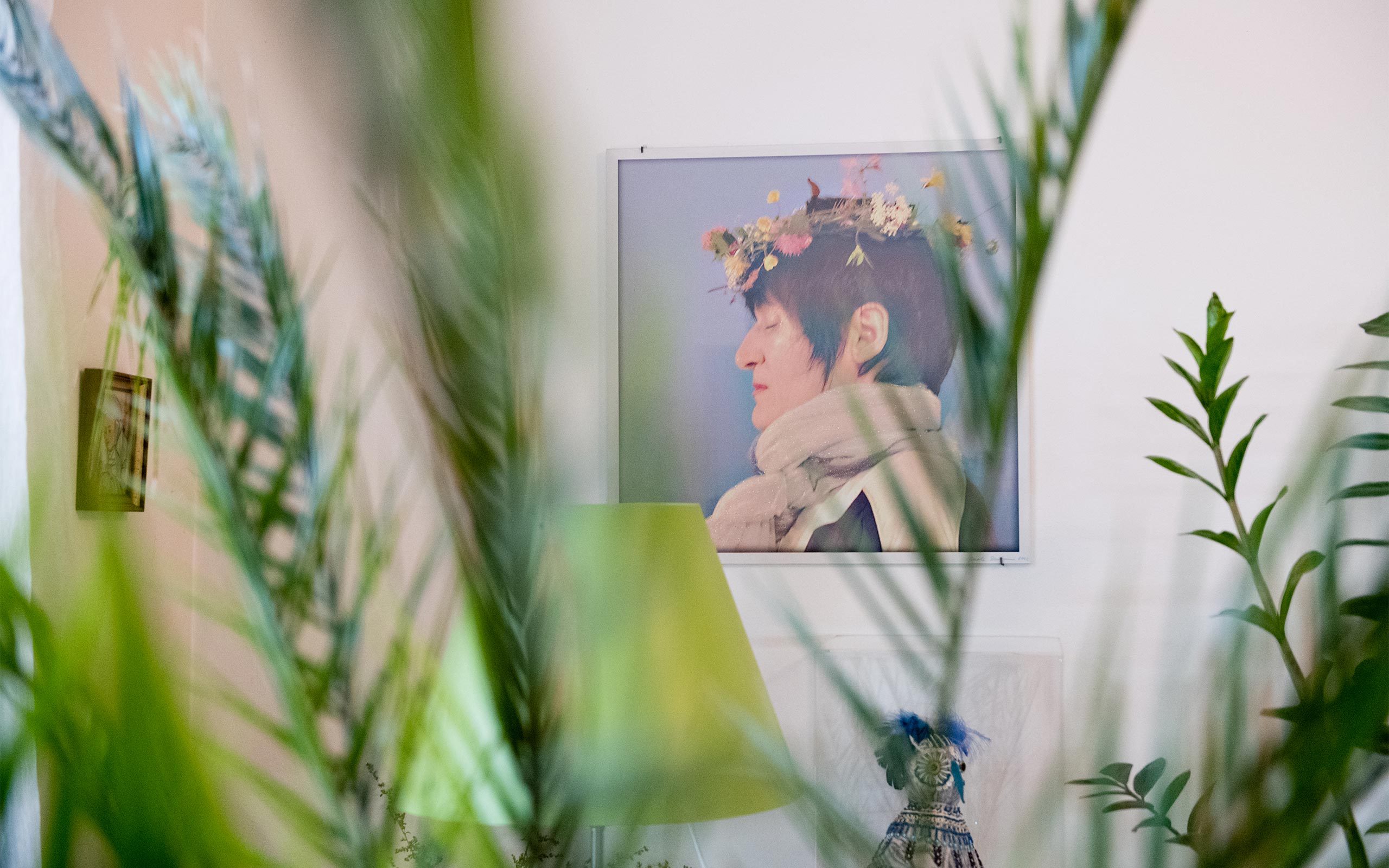
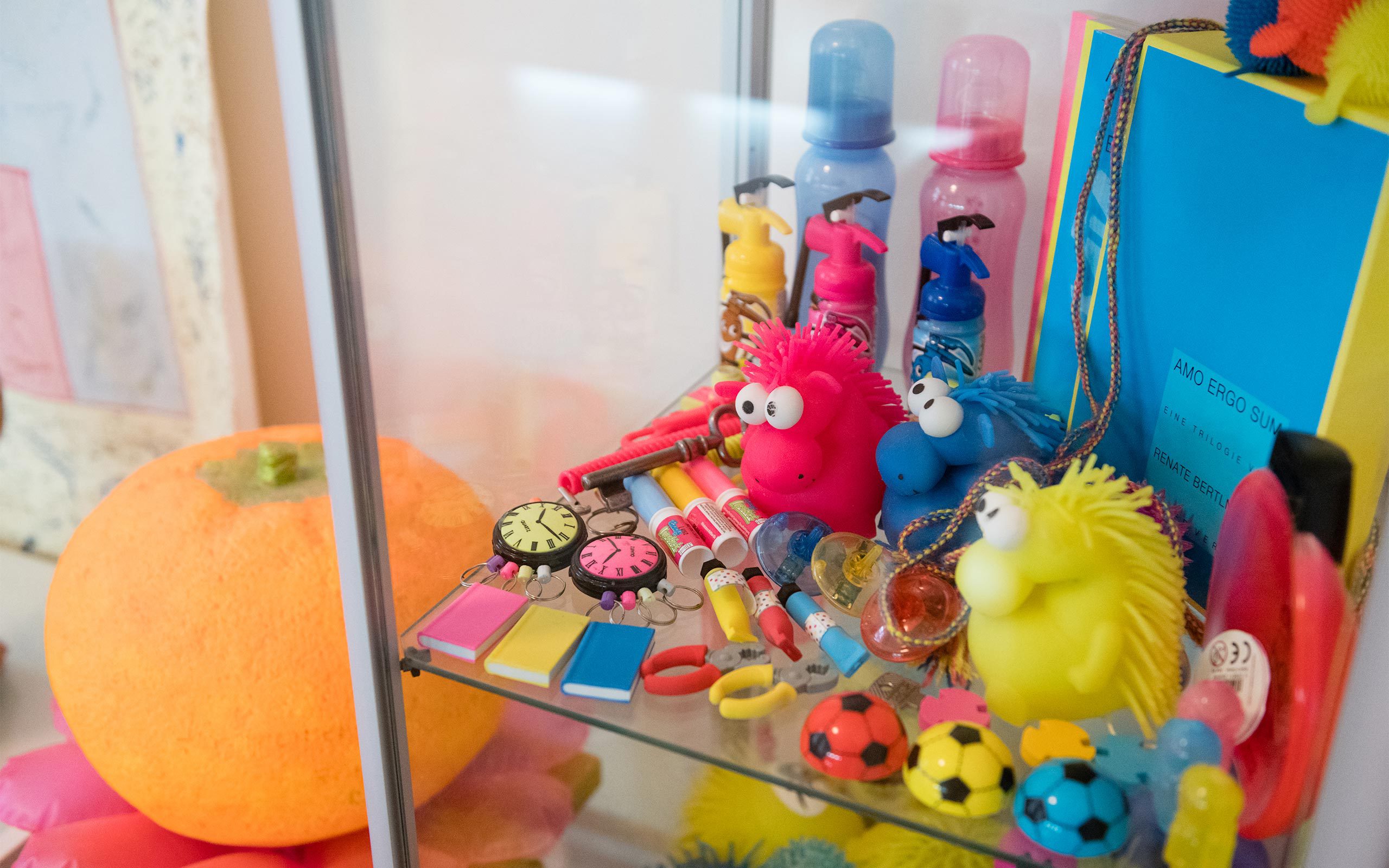
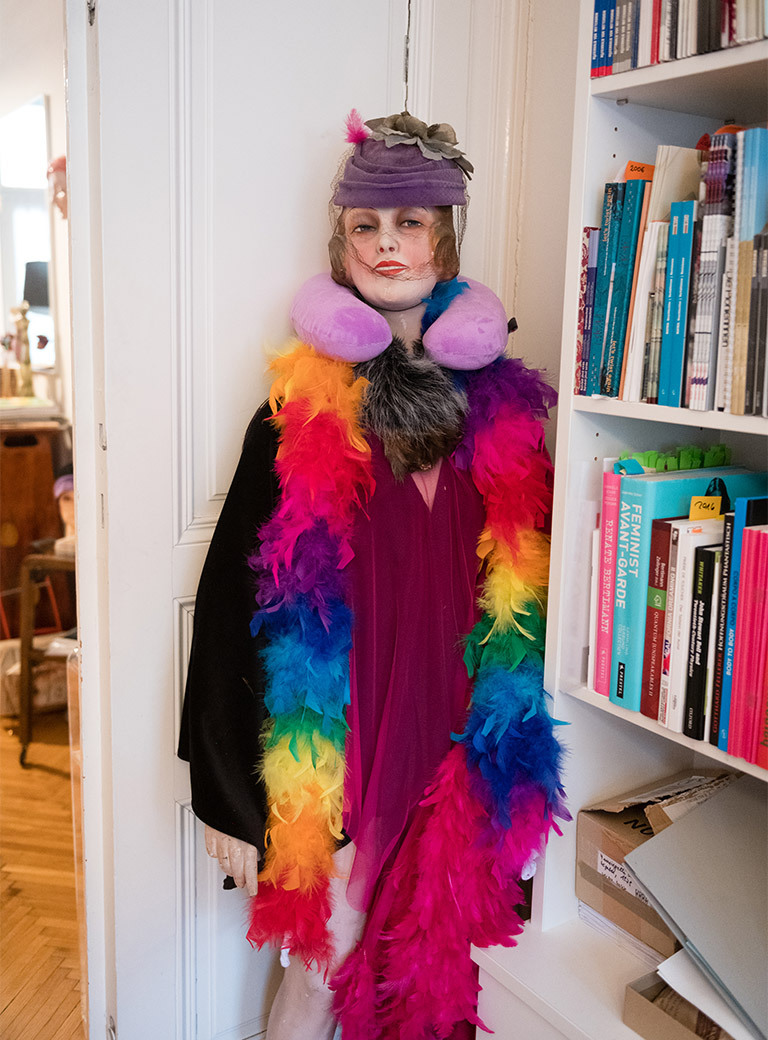
How would you describe your artistic work of working in general?
There is an inner voice, an inner “urge”, an obsession, a “must”, something that is given to you. So I don't prescribe anything for myself, I actually feel like a tool. Everything I absorb flows into my work and is then transformed in a new form, but the how and when and why I leave to chance.
Is there an important aspect regarding the space in which you work?
Silence. I’ve been in this studio for over 50 years and never had a radio. I always work in absolute silence. Silence is the most important thing for me.
You studied painting at the Academy of Fine Arts in Vienna and immediately thereafter taught painting techniques in the master class for restoration and technology until 1982, while at the same time already starting with your performances. Can you tell us something about your time at the Academy? How was it for you, as a woman, at the academy, to be active in what was then a very male-dominated field?
At the time, there were very, very few women at the Academy. I was shocked because I had not expected it to be so patriarchal. The professors were all men, like Sergius Pauser, my professor – a good but very traditional painter. And the fantastic realists, who were en vogue at the time, two of them also had professorships at the Academy. There wasn't a single professor or role model available to provide us with orientation. That was a huge, huge frustration.
Was the interest of women in painting or art studies in general so low?
I can’t say for sure. There were entrance examinations; I can well imagine that male applicants were classified as more gifted or more interesting. In any case, there were women only in the teacher’s class, which was led by Gerda Matejka-Felden, the founder of the adult education centers. She was called “old goat” by her male colleagues quite disrespectfully, and had her classroom in the basement, while the professors had the large, airy studios on the upper floors at their disposal.
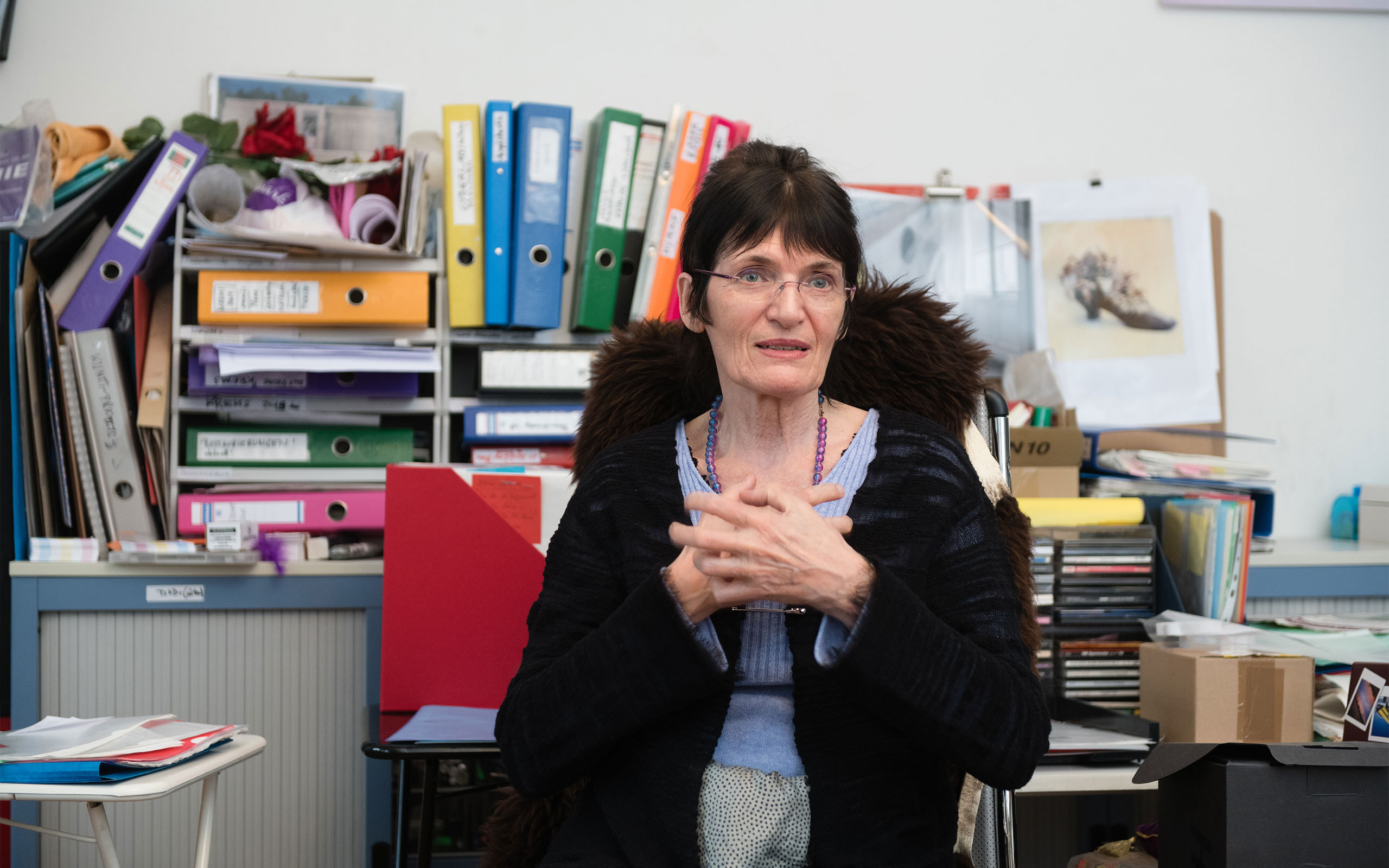
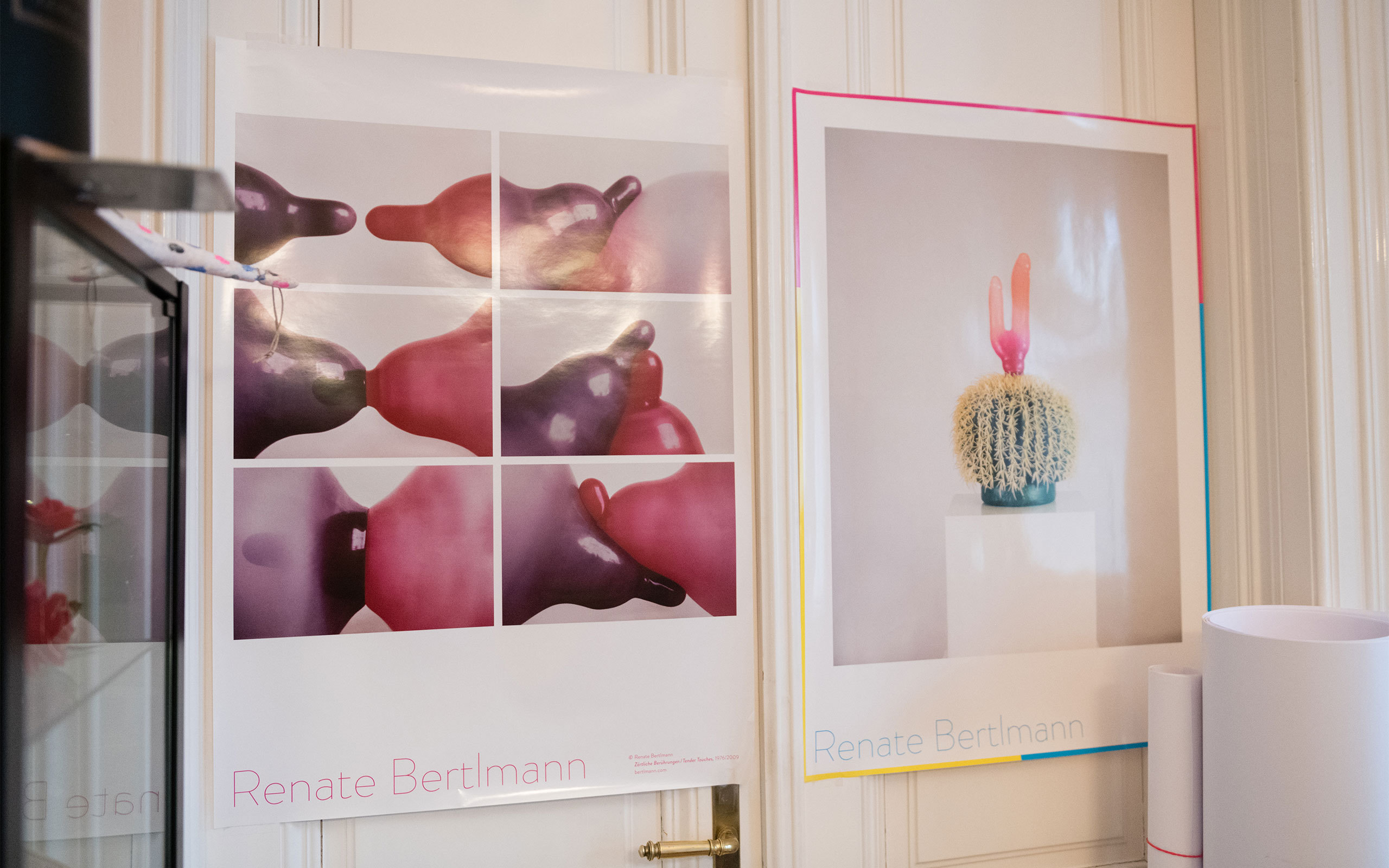
How did you come to art, was there a moment that was decisive for you?
My mother was an artist and encouraged me a great deal. The closer it came to high school graduation I felt: Art and – and this had been the case for a long time – medicine.
Do you see parallels between art and medicine?
Yes, I do. I have always been very interested in the history of witch-hunts, especially because of the research that was done in the early 1970s in the course of the feminist reappraisal of the history of women. It was obvious that these women were everything: They were artists, gynecologists, obstetricians, doctors, dancers; they did everything. And that's what I had in mind as well. I would never have become a traditional physician. I had already dreamed of alternative medicine like TCM. I had these dreams for a very long time. While I was still studying at the Academy, I volunteered in hospitals, I also undertook dissections during two semesters.
In the Renaissance the artists also conducted dissections, in order to get to know human anatomy better.
Of course! Some medical students were quite disgusted. I loved it, for me the dead body was a work of art – those organs and those fibrous muscles. And that’s when I first got my hands on a scalpel. It’s been haunting my work ever since.
And also the various different medical devices, for example my work Rosemarie’s Baby, are all aids for the handicapped. Or the wheelchair cycles, infusion bottles … I still love these devices today, they keep reappearing again and again. I like the ambivalent feelings they trigger.
In 1978 you defined your artistic maxim “Amo ergo sum”. Can you tell us more about it?
It is not that simple. It had emerged within me, then, all of a sudden it was there. When I analyze it, it is certainly a condensed form of all concepts, and utopian ideals, I hold. I would wish – and this is especially important for artistic people – that body, soul, and spirit form a unity, because only then can one be really creative and strong. I dare to be aware of things, I dare to think and act revolutionarily, in the best sense of the term. And this includes mature sexuality, because only then can you equate it with Eros as the creative force par excellence. If we become sexually atrophied and deformed, we are prone to start wars. In this sense, the title of my VERBUND catalog is "Amo ergo sum, a subversive political program".
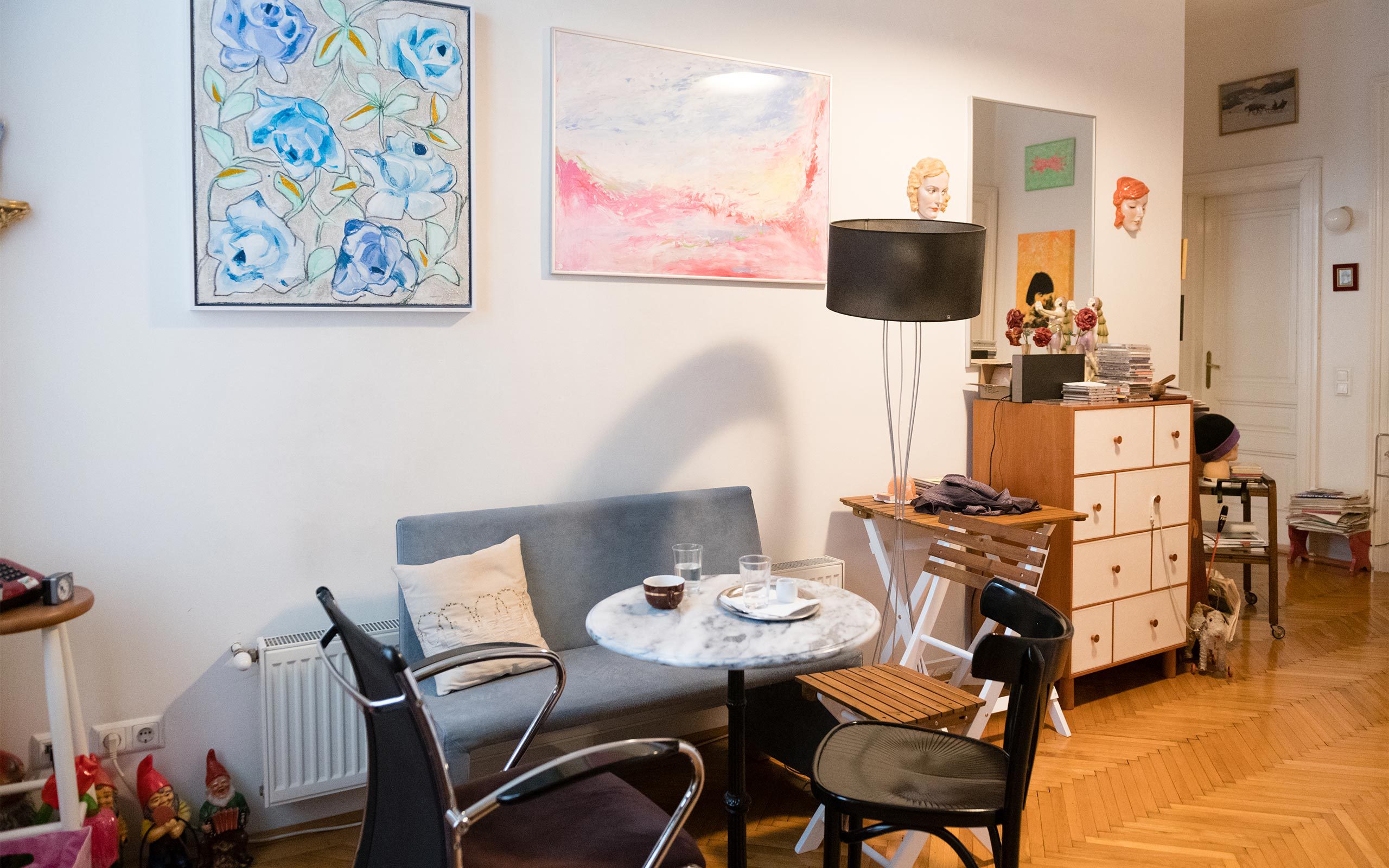
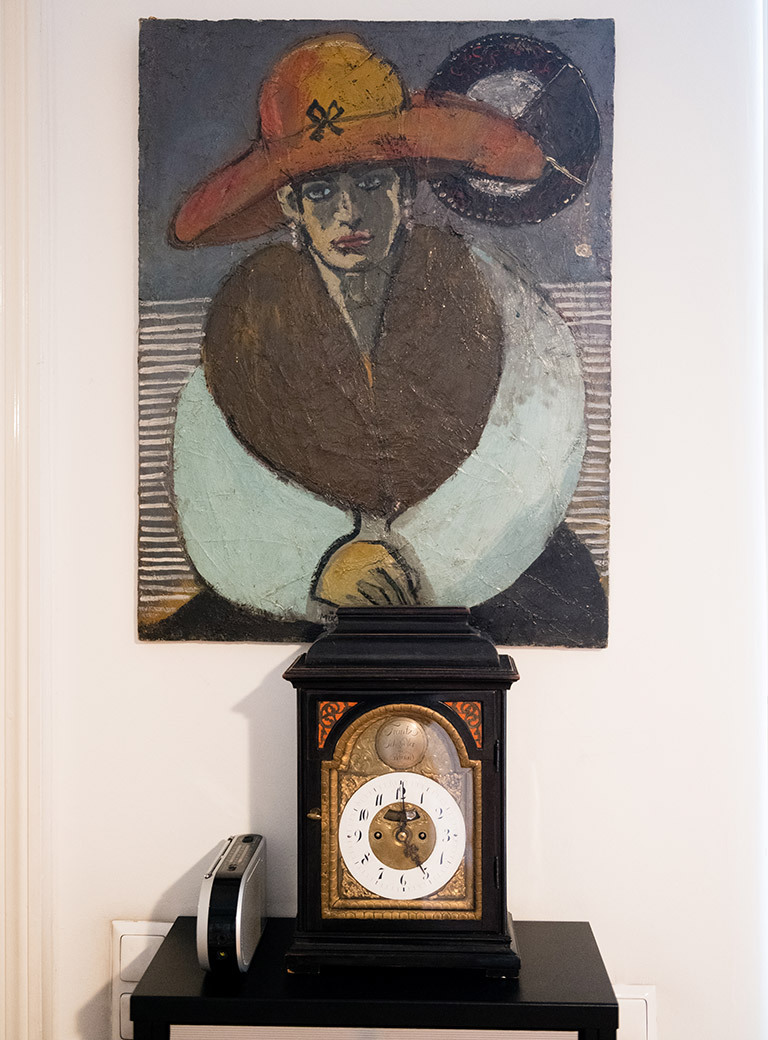
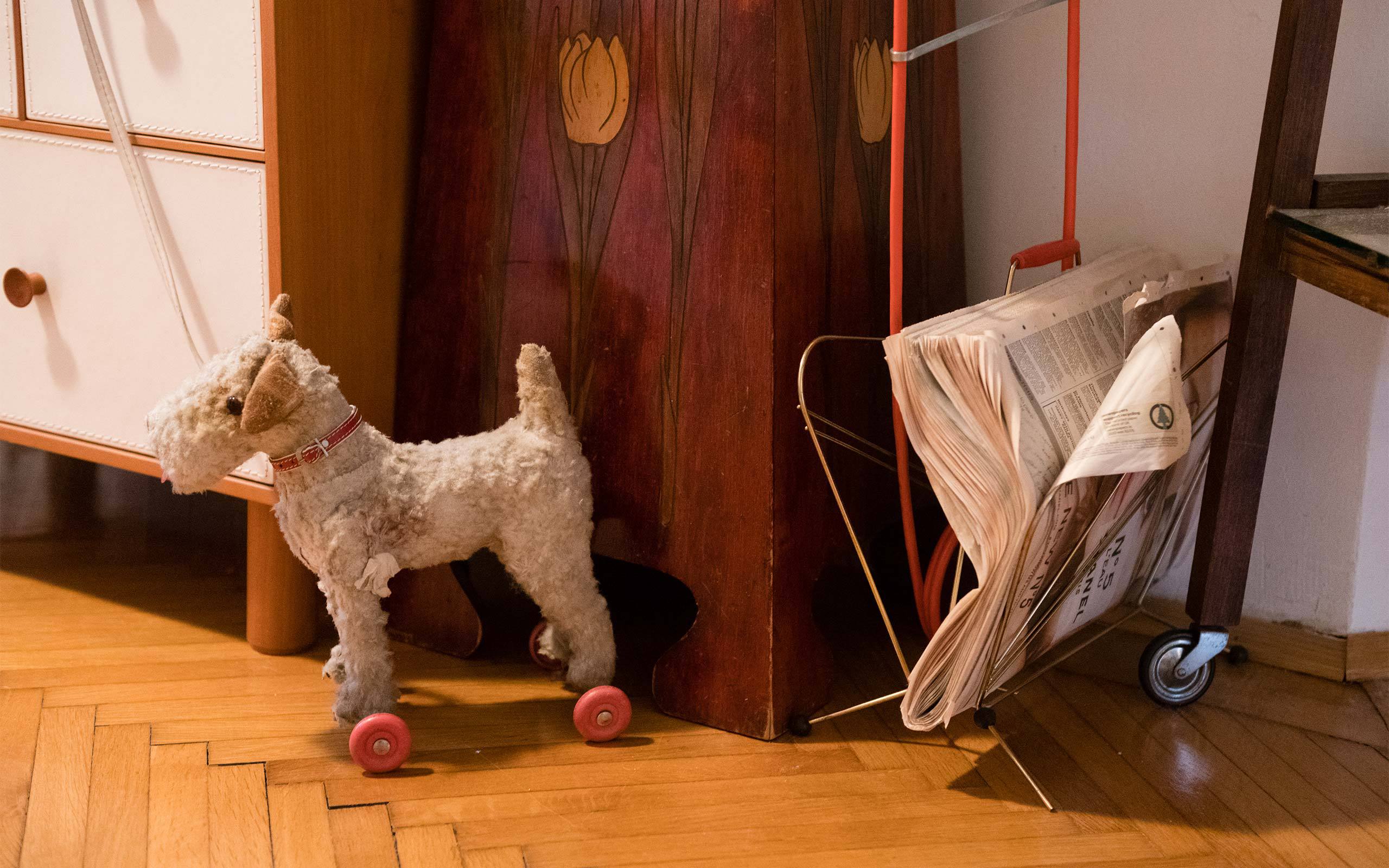
Your work revolves strongly, as you have mentioned, around sexuality, men-women relationships but also other gender roles. What role does provocation play in this?
Provocation isn’t important to me at all. I simply want to express what moves me, what hurts me, what drives me, this is what I want to express and to do so uncompromisingly, this is in itself provocative. For me it’s a “must”, for others it’s often a shock, because of its directness. I’m glad that people are not bored on seeing my works. The aesthetic of my work is seductive, but it’s also a trap, when you get close, there’s the sting – I like that.
In your performance pieces in particular, you receive immediate audience feedback, do you recall any specific situations or reactions?
Since I have always involved the audience, there may have been situations that may have been considered “embarrassing” – especially for those who were coerced into participating, as in the Sling Shot Action, I did at Franklin Furnace in New York. I danced with sex dolls and picked people out of the audience and more or less forced them to dance with the sex dolls too, and many of them didn’t feel very comfortable.
A very funny thing happened during the performance of The Pregnant Bride in the Wheelchair, in Vienna. I gave birth in the performance: I got out of the wheelchair, discarded the baby leaving it to the audience, so to speak. Then a young man from the audience came forward and placed a small milk carton next to the baby I had left lying on the floor.
Are there any contemporary artists whose work you follow with particular interest?
I know many young women artists and I like working with them very much. And I am very optimistic because they are so talented and intelligent, albeit often over qualified and they have often learned to listen to each other – which is very important, and also to work together, and to lobby, which we still don’t do as well as men. But at least there are many women’s groups that have convincing concepts and who implement them. I am very optimistic about this, there is a lot going on. Nevertheless, I have the feeling that the patriarchal structure is still very firmly in place.
In recent years, you have received much recognition for your impressive, extensive artistic work: 2017 the Grand Austrian State Prize. This year, you received an invitation to perform at the Austrian Pavilion at the Venice Biennale. In the years before (before the exhibition Let's Twist Again curated by Carola Dertnig and Stephanie Seibold) you dedicated yourself, with little acknowledgement by the public, to your artistic practice. How did you respond to this quieter time in your career?
I never cleaned door handles, even if I didn't have any money. And I never asked a gallery if they wanted to represent me. That appeared strange to me. I always had the feeling that I had to wait until the time came. And that's exactly what happened. It's relatively late, but not too late. Hopefully, I'll be able to enjoy the remaining years if I have time to realize new works in addition to the many exhibitions.
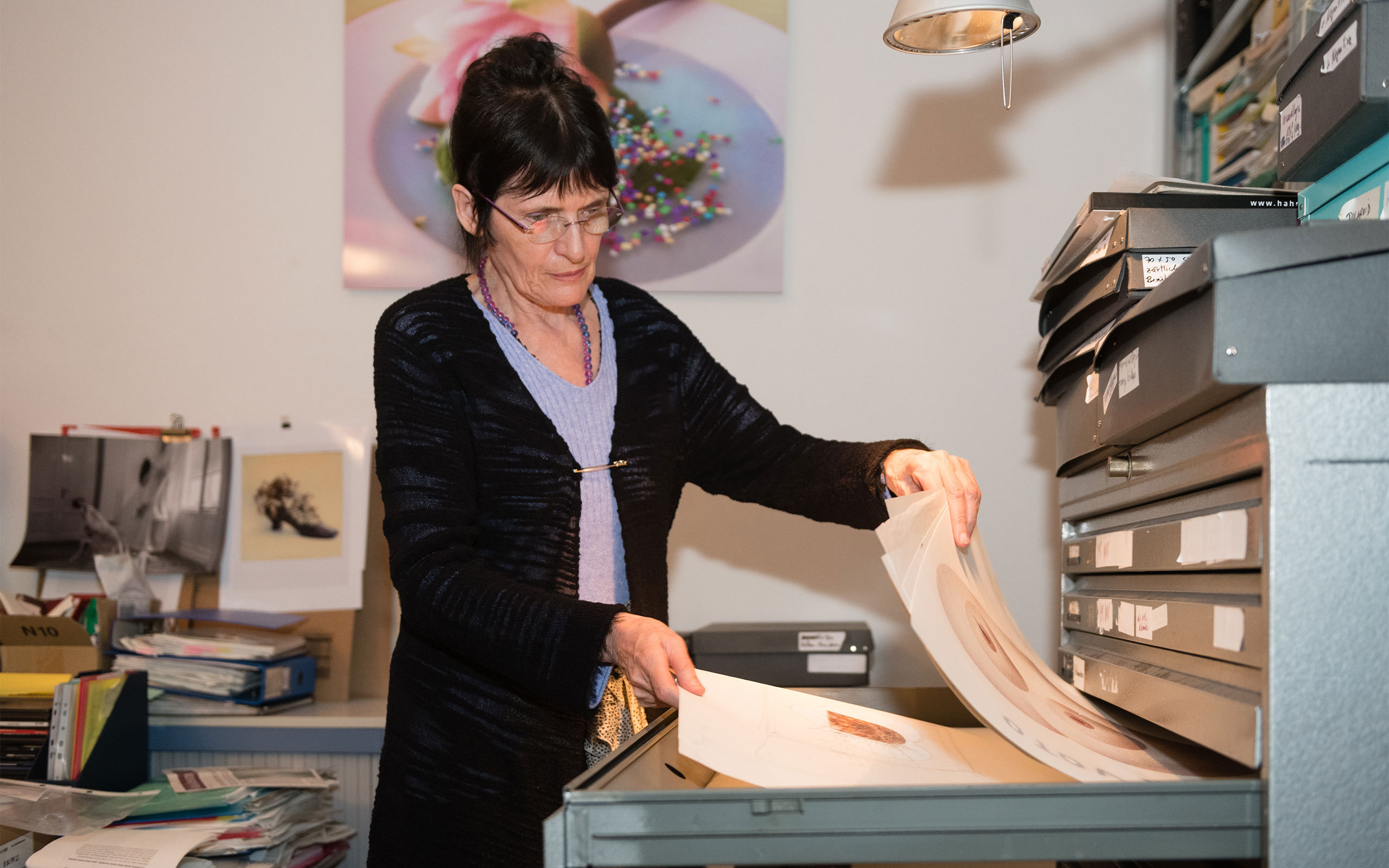
This year, you will be the first woman to present a solo exhibition at the Austrian Pavilion in Venice. What was your first reaction when you heard about it?
Surprise, I didn't expect it. But then I was very happy about it, because I had already come to appreciate Felicitas Thun-Hohenstein as a curator at three exhibitions in the past. And of course it's a great pleasure and a challenge to be able to design the pavilion alone, it's not easy to play it, but I will conquer it.
Also this summer there will be a solo presentation of your work in the Niederösterreichischen Landesgalerie in Krems. It is your first solo exhibition in a museum and at the same time the first exhibition in the newly opened Landesgalerie – a year of superlatives. What are your plans for the time afterwards?
I am more or less fully booked until 2022. A part of my Venice exhibition will be shown next year at the Upper Belvedere, after which a personal exhibition is planned in London at the Richard Saltoun Gallery. Furthermore, a retrospective at Belvedere 21 is planned for 2022.
Are there situations in your artistic career in which you would have acted differently from today's perspective?
No, looking back, everything was right. Even the events that were frightening or insulting. Everything was good, everything addressed a certain fecundity. I was always in the right place, at the right time … and with the right people.
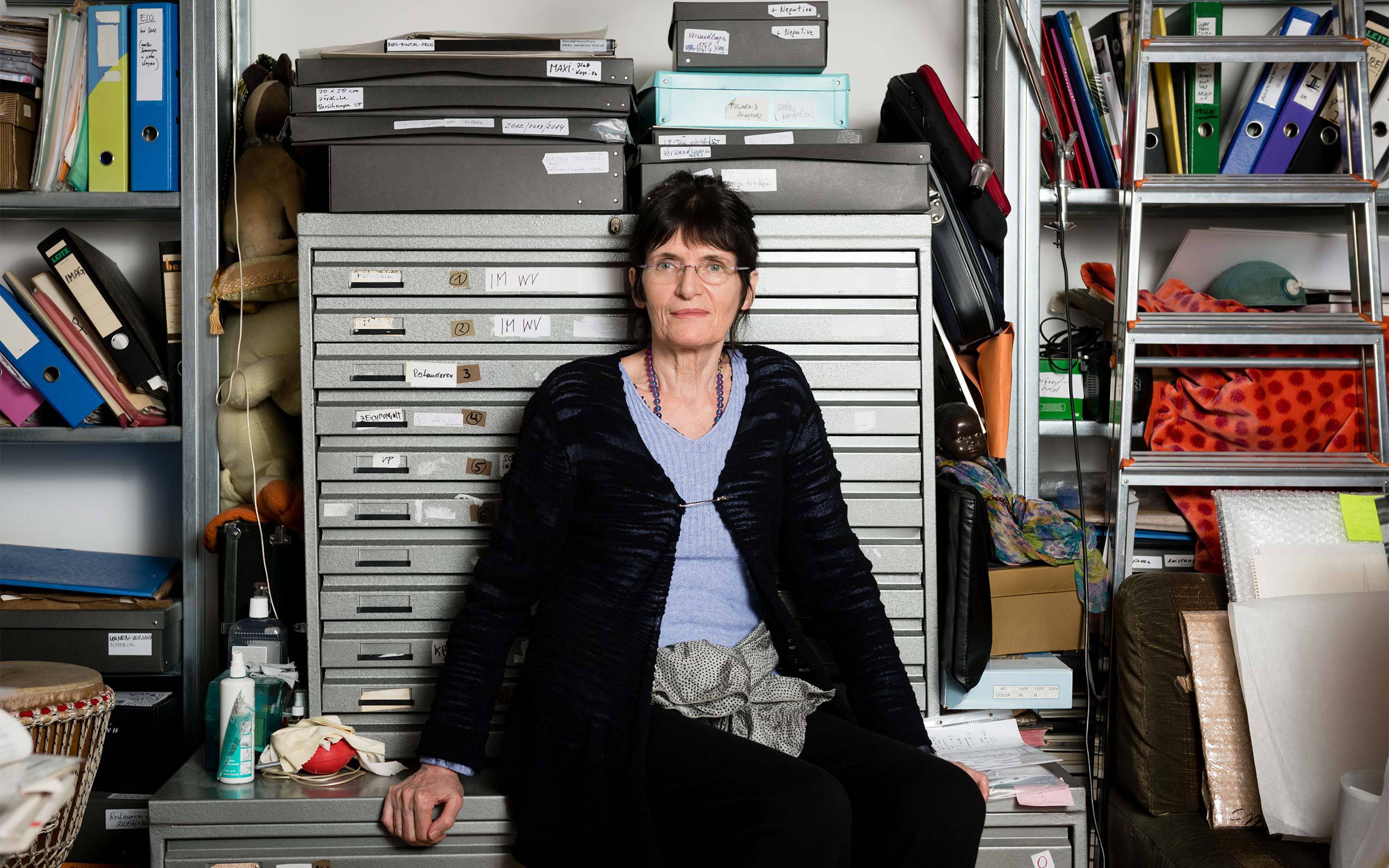
Interview: Barbara Libert
Photos: Christoph Liebentritt
Links:
Renate Bertlmann's website
Galerie Steinek, Vienna
Richard Saltoun Gallery, London


